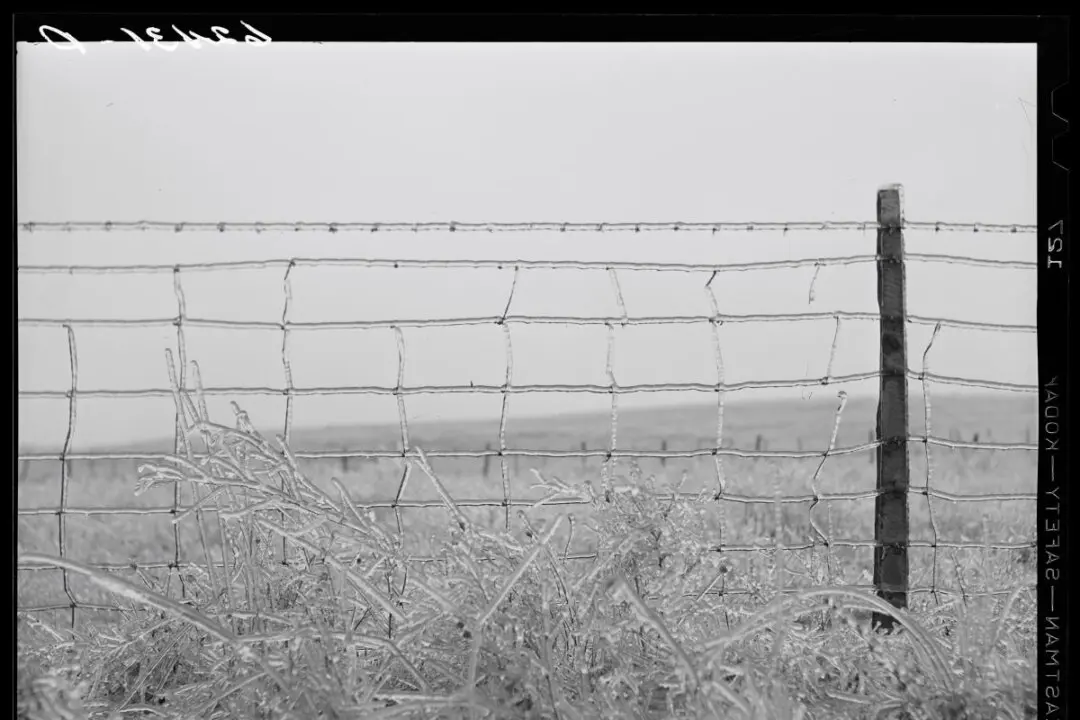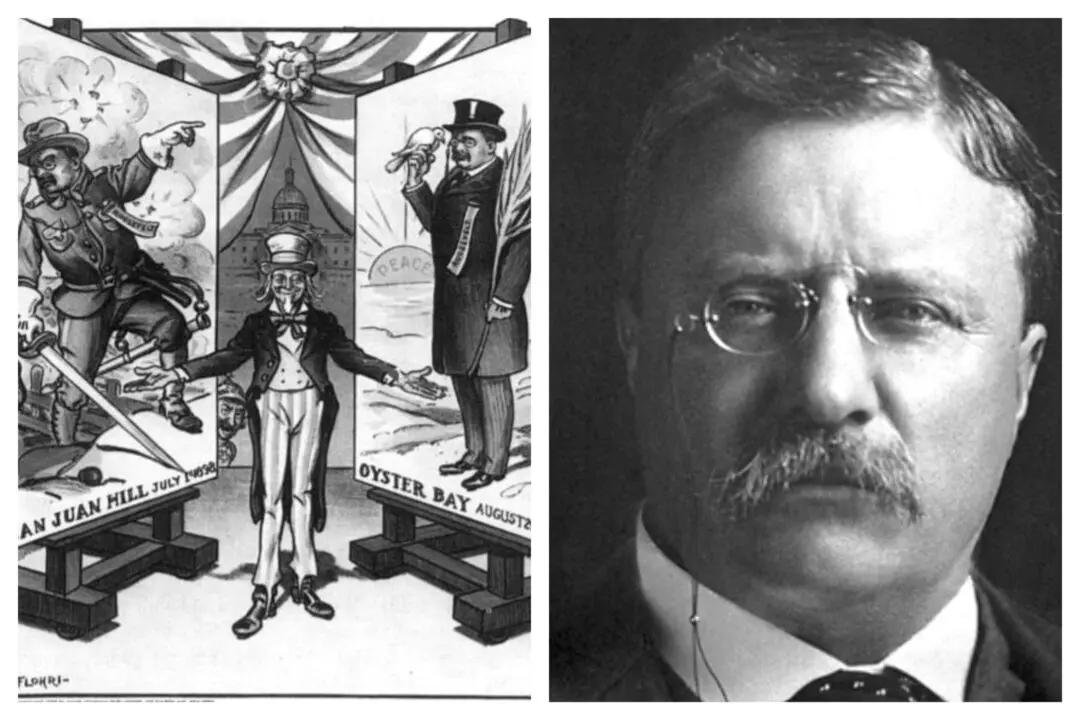“We, sir, are ready at Fort McHenry to defend Baltimore against invading by the enemy,” wrote Maj. George Armistead to Gen. Samuel Smith. “That is to say, we are ready except that we have no suitable ensign to display over the Star Fort and it is my desire to have a flag so large that the British will have no difficulty seeing it from a distance. “
As Maj. Armistead had conveyed, the fort was ready to defend Baltimore. Before there was Fort McHenry, however, there was Fort Whetstone. This fort had been constructed during the Revolutionary War as a deterrent to the British. In 1794, more than a decade after the American Revolution concluded, Congress apportioned monies to bolster the defensive position. Between 1798 and 1800, the fort underwent construction, resulting in a 20-gun battery with earthworks and a star-shaped fort. Upon its completion, it was renamed Fort McHenry after James McHenry, the Maryland politician, who was also a signer of the Constitution and George Washington’s last and John Adams’s first secretary of war.






